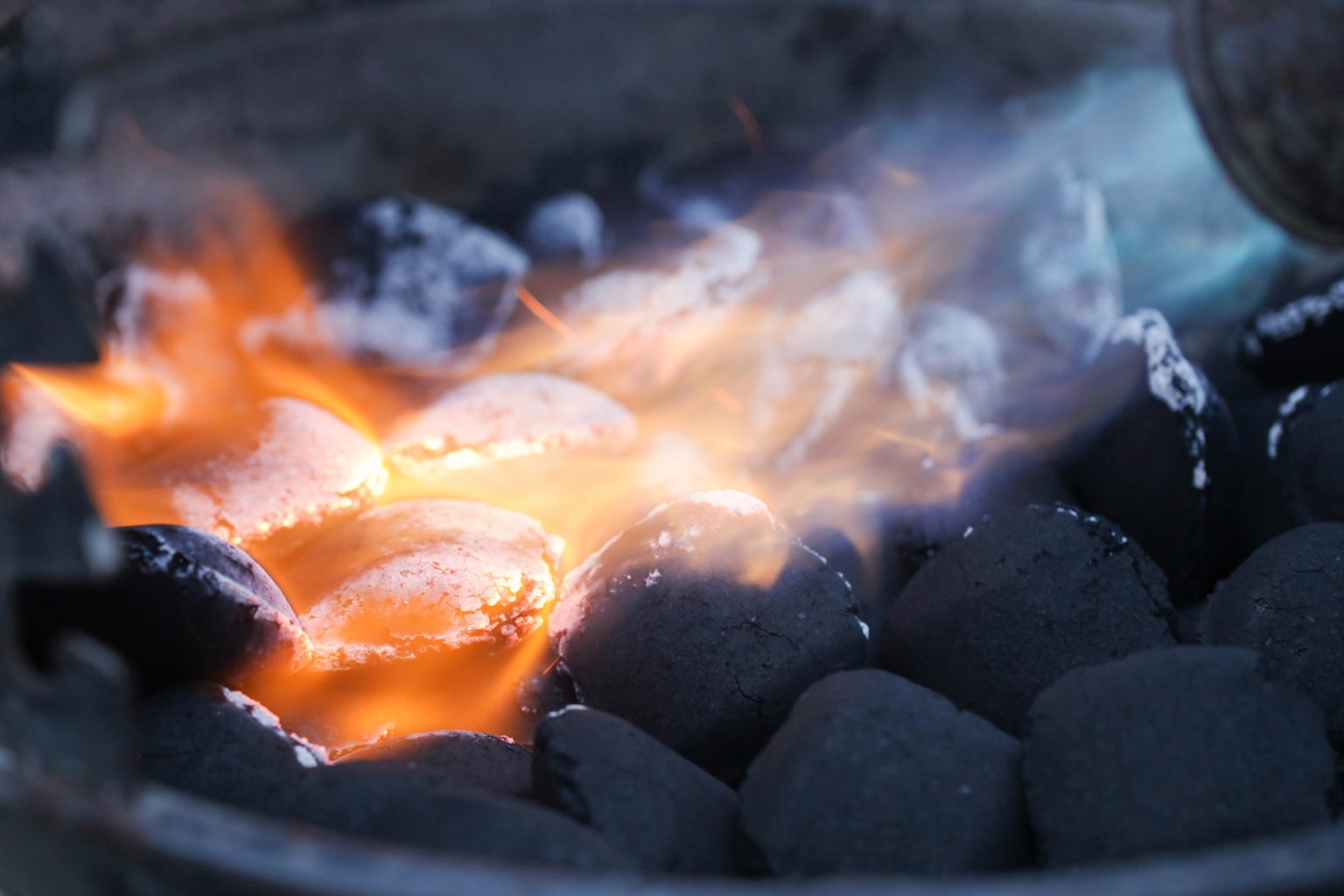Those who have to heat with wood or coal have at least heard about the existence of fuel briquettes and maybe even already tried to choose the most suitable ones. But is it worth switching to this fuel, or is it better to use the usual firewood and coal? We’ll find out now.
What Are Briquettes
A fuel briquette is, roughly speaking, compressed waste. They are made from various combustible materials, from hay and peat to sawdust and shavings of quite noble types of trees. Good fire logs have a high heat capacity — on average, a ton of briquettes easily replaces about three cubic meters of firewood. They also do not need to be dried, they are easier to store, they are not easily soiled, they do not cause splinters on your hands, and when burned, they leave less ash. This means the oven needs to be cleaned less often (although you will still have to clean it, warns the specialist).
Finally, the long lasting fire logs are a much greener heating method. In fact, you are burning not with minerals (coal, peat) and poorly replenished natural resources (firewood) but with waste, which otherwise, and in the best case, would turn into compost. A distinctive feature of fuel briquettes is that, in everyday language, they produce a lot of heat.
Advantages
If we compare fuel briquettes with the firewood we are used to, we cannot help but note the following advantages of the former:
High combustion temperature. Firewood burns, on average, two times weaker than fuel briquettes. This is due to their high humidity (about 15-20% subject to storage conditions) and low density. Therefore, their calorific value is significantly lower: approximately 2500 kcal/kg versus 4500-5000 kcal/kg produced when burning briquettes. The latter undergoes not only thorough drying, leaving only 5-8% moisture, but also pressing. The combination of high density and low humidity gives briquettes a higher combustion temperature.
Uniform and long burning. Surely, everyone who has burned ordinary wood has noticed the following drawback: decreased heat transfer during combustion. In comparison, fuel briquettes burn three times longer while constantly releasing heat. Thanks to such uniformity and long burning, they are consumed much more economically.
Compressed wood logs are safe for the environment and humans. They are produced from waste, which is a plus for those who care about the environment. At the same time, when burning, they emit little smoke, almost no smell, and do not spark. They leave little soot behind, making cleaning faster and easier.
Compact. The firewood is easy to store, as it has a standard shape and small size. Unlike coal and firewood, each batch of briquettes is similar in size to the previous one. Despite their weight (from 10 kg per package), these “bricks” are quite compact.
Consumption. On average, one cubic meter of briquettes equals 4 to 5 cubic meters of the same birch firewood. Therefore, they are more profitable both in terms of characteristics and price.
Downsides
Of course, fuel briquettes are not perfect for every user. They also have disadvantages compared with coal or firewood:
- Lack of moisture resistance. This firewood is afraid of water and crumbles when exposed to moisture. When opening the original packaging, you should immediately ensure the fuel is stored in a dry, not humid, place.
- Briquettes take a long time to ignite. Unlike firewood, they need time to begin to give off heat. Therefore, it will not be possible to warm up the room quickly with them.
- Not so aesthetically pleasing. We are talking about the cozy crackling of burning wood and the beautiful flame in the fireplace. Fuel briquettes burn less beautifully. This is not such a significant minus in comparison with the previous ones, but it is also worth taking into account.
What Type to Choose
There are three main types of briquettes. Depending on your goals, you can choose the most suitable one.
Hardwood Heat Logs
This type has the highest temperature. It can heat even the coldest room in minutes. However, it burns out quite quickly, so you will have to periodically add it to the oven. Hardwood heat logs are made from sawdust.
Night Briquettes
This is the opposite of the previous option. Briquettes burn for up to 8 hours, which is very convenient for heating a house at night. However, in this case, you will have to wait longer for the room to heat up. These fire logs are the most economical.
Fire Logs
This type of briquette represents the golden mean. It provides moderate-intensity combustion for three hours, making it a great choice if you want the best of both worlds.
Conclusion
Briquettes are a safe, environmentally friendly, and economical fuel. They allow you to create a comfortable temperature at home and do not burn out as quickly as conventional firewood. There is no noise or sparks during combustion. The smoke produced has almost no color, and the smell is woody and non-chemical. Due to its density, it burns longer and reaches its maximum temperature faster. Thus, briquettes are an ideal choice for heating your home.



